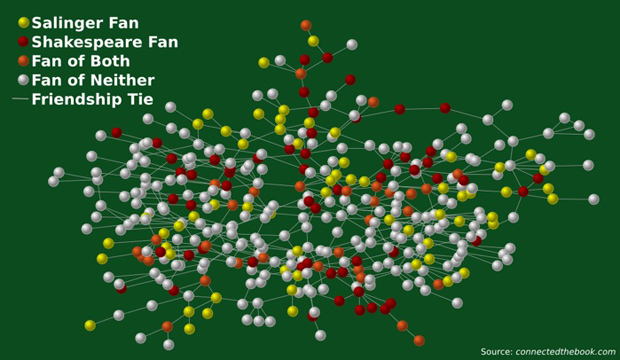- HOME
- ENGLISH FORUM
- BADLY WRITTEN, BADLY SPOKEN
- GETTING
TO KNOW ENGLISH - PREPARING FOR ENGLISH PROFICIENCY TESTS
- POUR OUT YOUR MIND IN ENGLISH
- GOING DEEPER INTO ENGLISH
- YOU ASKED ME THIS QUESTION
- EDUCATION AND TEACHING FORUM
- ADVICE AND DISSENT
- MY MEDIA ENGLISH WATCH
- NOTABLE WORKS BY OUR VERY OWN
- ESSAYS BY JOSE CARILLO
- ABOUT JOSE CARILLO
- READINGS ABOUT LANGUAGE
- TIME OUT FROM ENGLISH GRAMMAR
- NEWS AND COMMENTARY
- BOOKSHOP
- ARCHIVES
TIME OUT FROM ENGLISH GRAMMAR
This section features wide-ranging, thought-provoking articles in English on any subject under the sun. Its objective is to present new, mind-changing ideas as well as to show to serious students of English how the various tools of the language can be felicitously harnessed to report a momentous or life-changing finding or event, to espouse or oppose an idea, or to express a deeply felt view about the world around us.
The outstanding English-language expositions to be featured here will mostly be presented through links to the websites that carry them. To put a particular work in better context, links to critiques, biographical sketches, and various other material about the author and his or her works will usually be also provided.
I hope you’ll enjoy the new selections that will be presented here each week.Joe Carillo
Your Facebook connections that matter most are picture-based
How many friends do you have on Facebook? 100? 500? 1,000? Does it really matter if you amass so many of them?
In their book Connected: The Surprising Power of Our Social Networks and How They Shape Our Lives, Harvard Medical School professor Nicholas A. Christakis and University of California political science professor James H. Fowler contend that the sheer number of such “friends” doesn’t really matter that much. “We might have 1,000 Facebook ‘friends,’ but we were not built to affect—or be affected by—all of these people,” they say. “The spread of influence online works in much the same way that it has worked offline for hundreds of thousands of years. In the past, present, and future, our closest connections are the ones that matter most.”

Their book is the result of a study they conducted four years ago among 1,700 Facebook-interconnected college students to find out if social contagion can indeed happen online. What they found was that Facebook connections tended to become important, real-world connections only if Facebook members actually uploaded photos of one another, making them “picture friends”—a relationship that can approximate that of “close friends” in real life—between whom particular tastes or likes and dislikes can spread strongly as in the real world.
When this happens, they observed that the social networks so created take on lives of their own, transmitting information, germs, and habits between people. “Friends of friends of friends can start chain reactions that eventually reach us, like waves from distant lands that wash up on our shores,” the authors say.
Read Christakis and Fowler’s online introduction to their book Connected
Read Laura Vanderkam’s review of Connected in the City Journal






